Haven't done one of these for a while so i thought i would take a few piccies for you all. I cant believe how small they make the torpedoes nowadays. I would use the next size up in future. Note how i did not bother to mark the cables, one being R, Y, B, BK & the other B,BK, G & BL. Since its all embedded in resin now it will never be seen again
Here's the kit
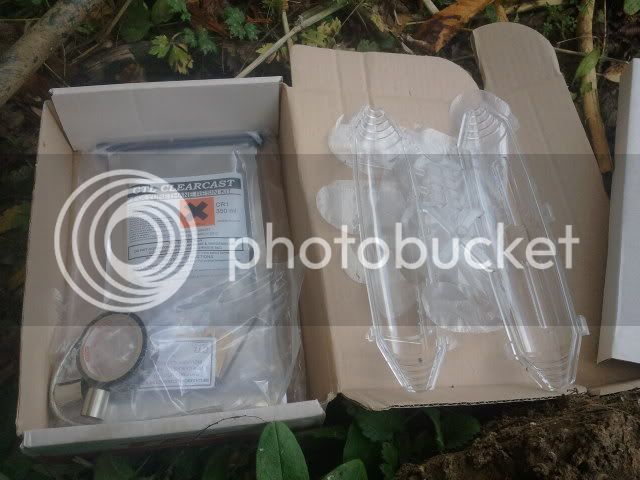
Here's the instructions

Here's the cables to be jointed. This is feeding a shed, yes its a 16mm 4 core running 3 phase. Builder cut it when the swimming pool was removed. The sheds another story. Note this years fashion in boots
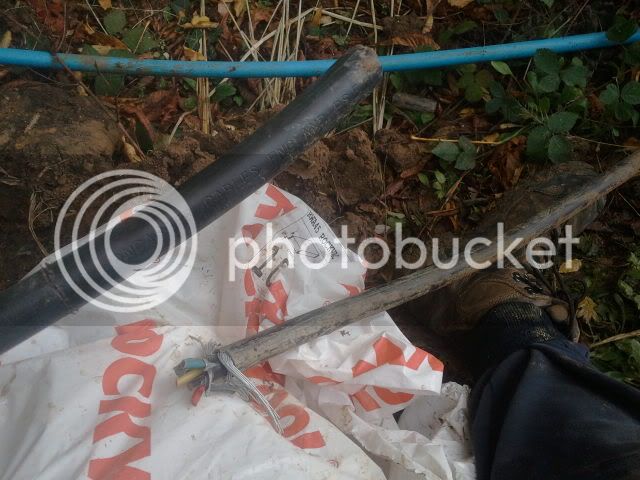
The cables cut back to size

The cable couplers. Supplied with the Alan key, no torque settings but head shears when tight
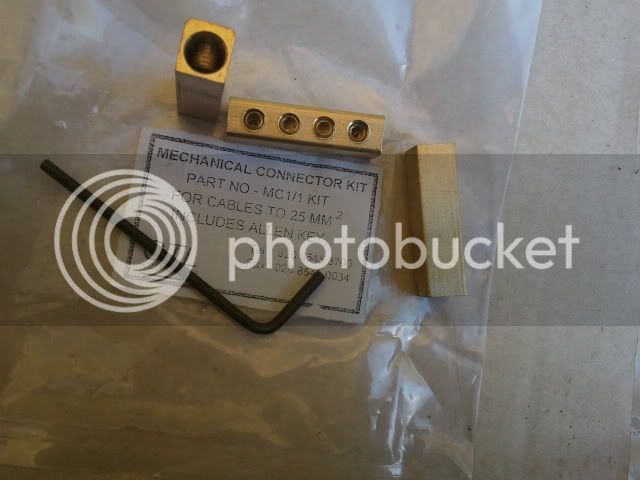
The spacer thats meant to go between the cores, i did manage to get it almost in-place
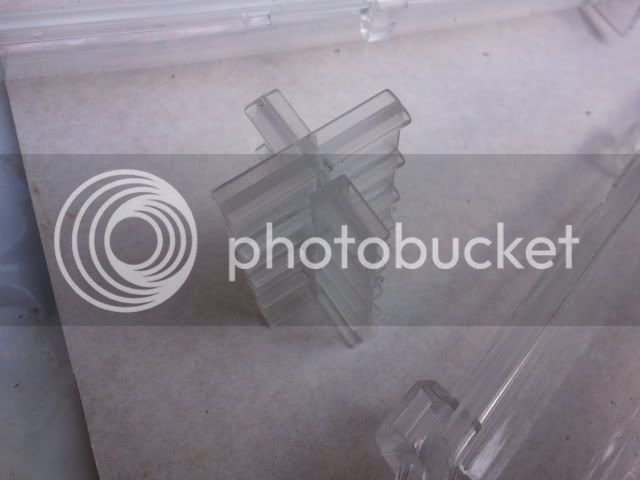
The finished connections
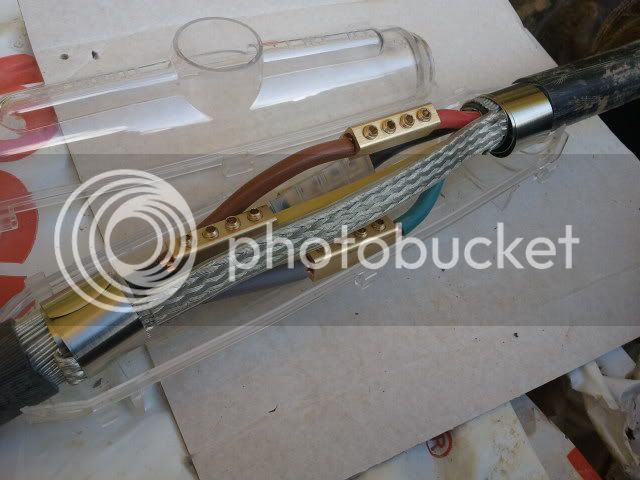
This is the earth connector kit known as a constant pressure spring
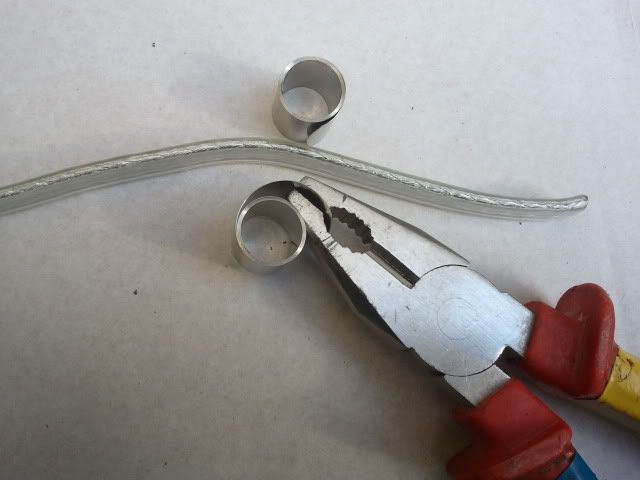
Couple of close ups of the earth connection. Instructions say to double back under spring after 1 complete loop

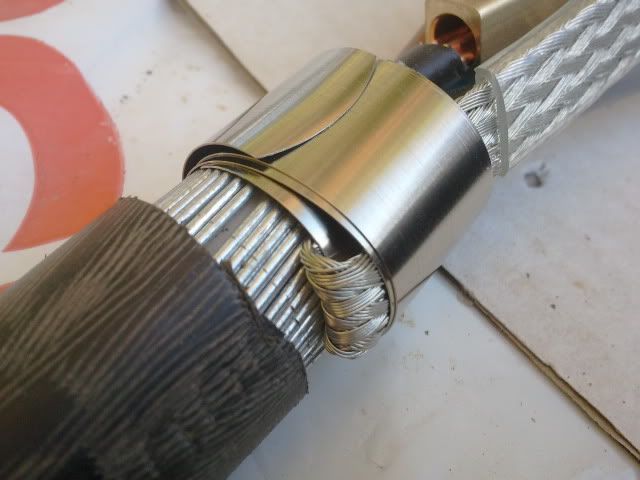
Casing put on and ends taped to hold back any seepage
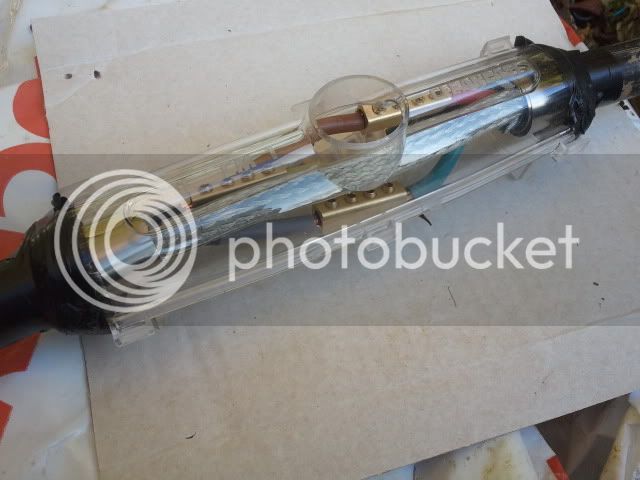
The two part resin, you pull a separator apart on the foil packet and need the goo together for two minutes
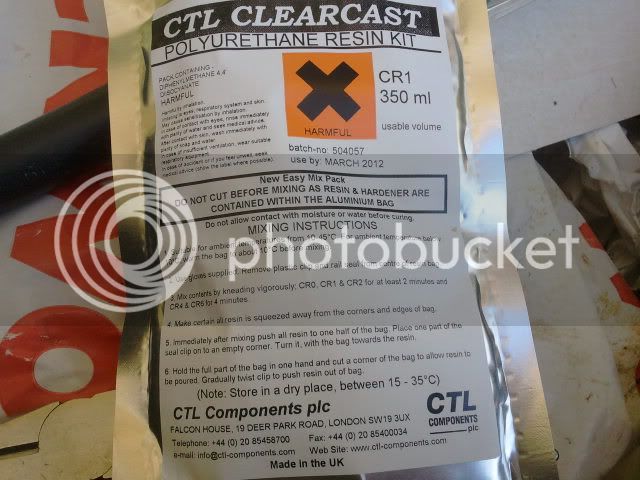
The finished job. You wear the supplied gloves whilst handling the resin
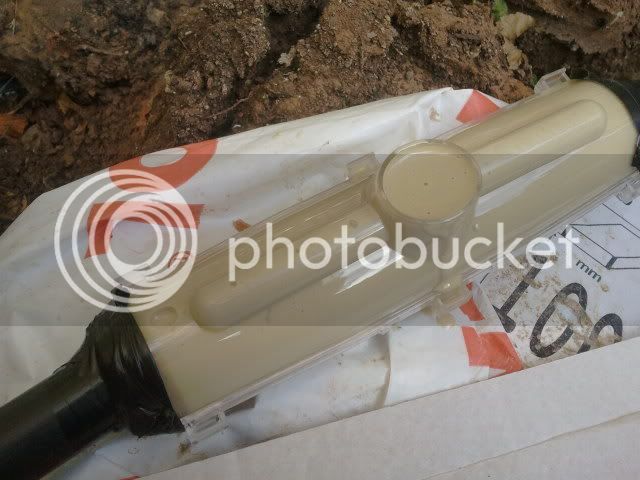
Here's the kit

Here's the instructions

Here's the cables to be jointed. This is feeding a shed, yes its a 16mm 4 core running 3 phase. Builder cut it when the swimming pool was removed. The sheds another story. Note this years fashion in boots

The cables cut back to size

The cable couplers. Supplied with the Alan key, no torque settings but head shears when tight

The spacer thats meant to go between the cores, i did manage to get it almost in-place

The finished connections

This is the earth connector kit known as a constant pressure spring

Couple of close ups of the earth connection. Instructions say to double back under spring after 1 complete loop


Casing put on and ends taped to hold back any seepage

The two part resin, you pull a separator apart on the foil packet and need the goo together for two minutes

The finished job. You wear the supplied gloves whilst handling the resin

Last edited by a moderator:




